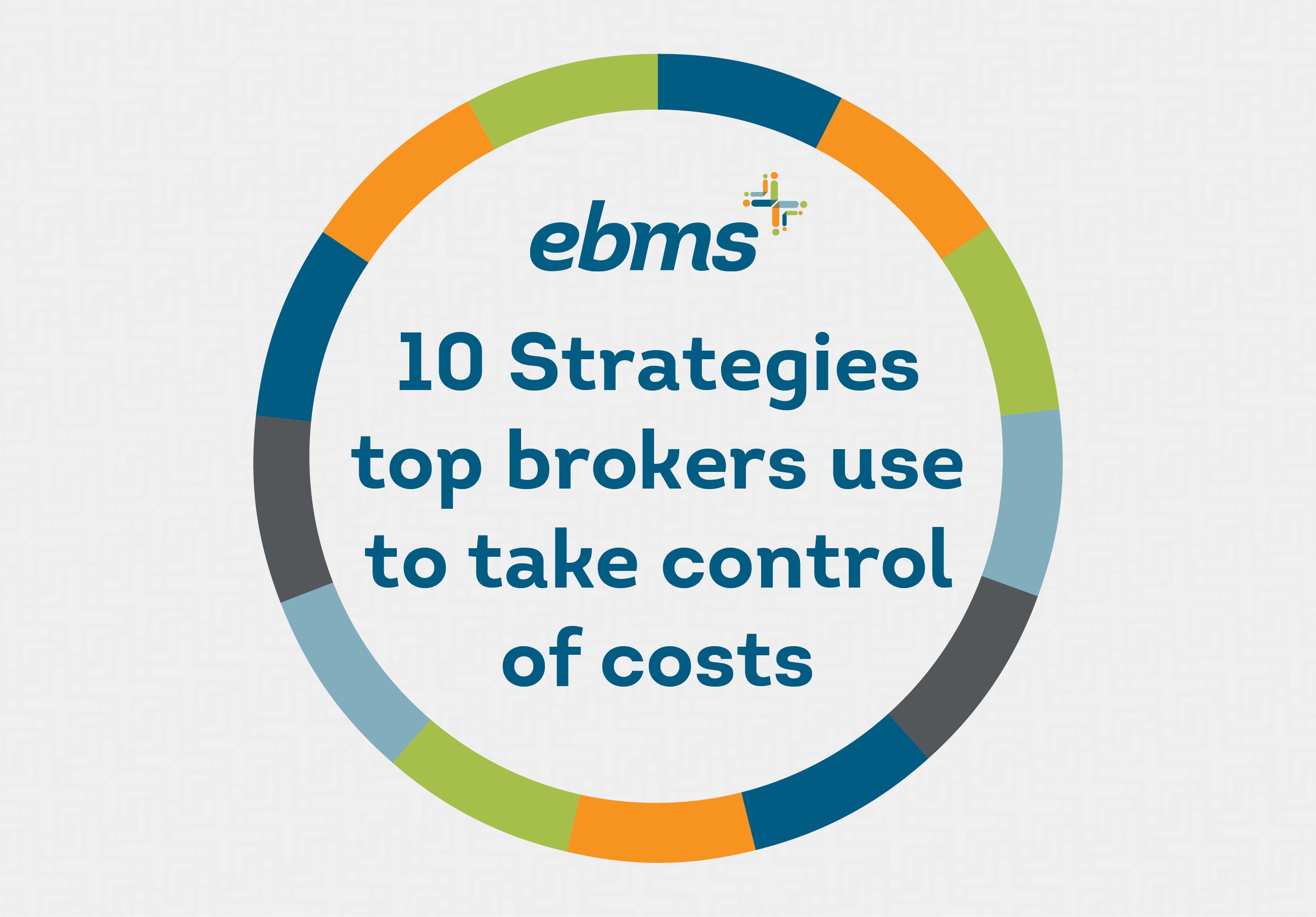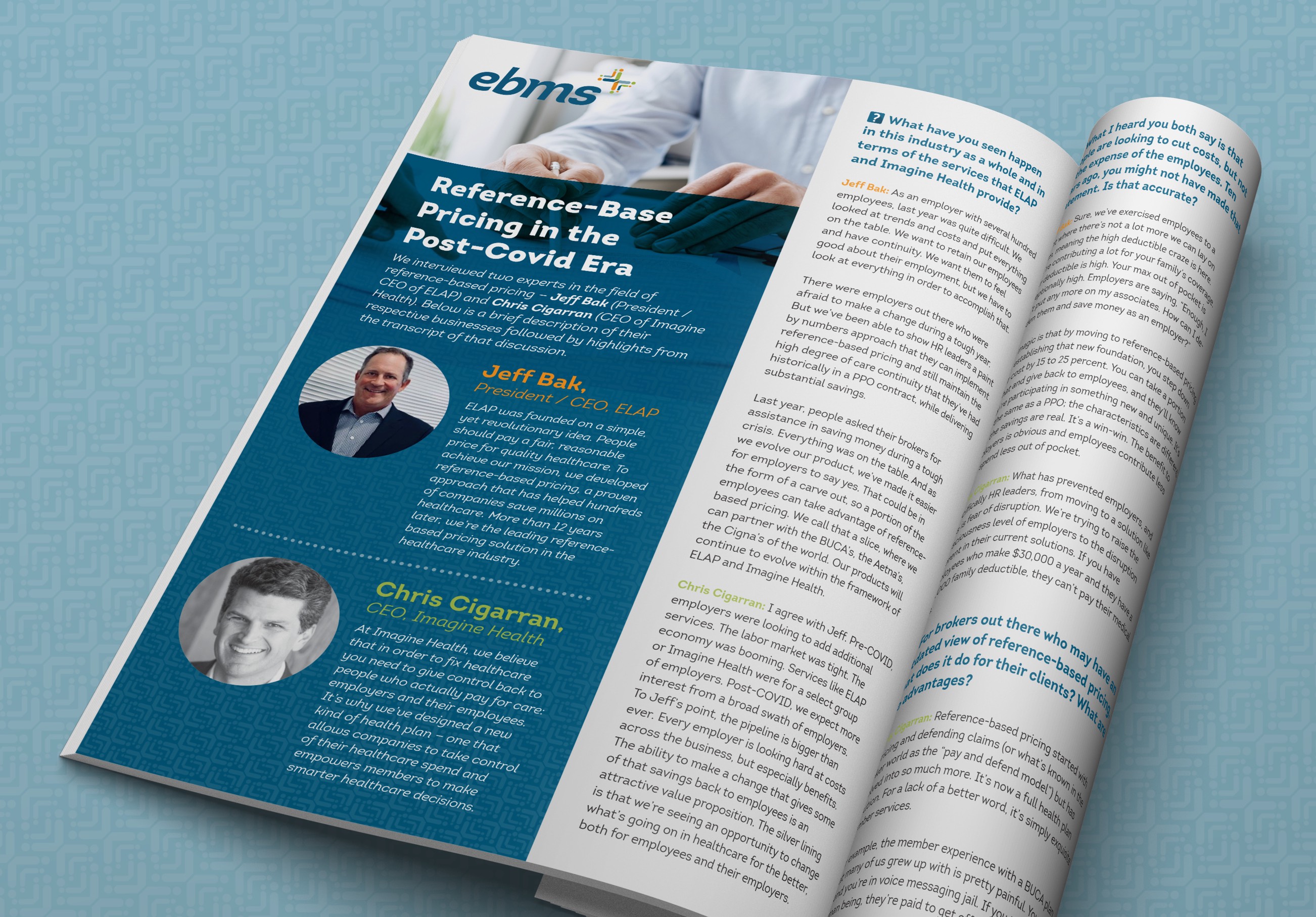The DOL’s Final Rule on Association Health Plans May Expand Your Options
October 8th, 2018

By Matt Johnson, EBMS corporate counsel
When the U.S. Department of Labor issued its final rule on association health plans (AHPs) in June, it suddenly became easier for groups of small employers to join together to buy health benefits in the large group market. Here’s what you should know about this new regulatory environment.
The purpose of the DOL’s final rule is to make health insurance more affordable for small companies and their employees. Essentially, it does this by conditionally relaxing mandates under the Affordable Care Act (ACA), including its requirement that all small group plans include certain “essential health benefits” that are not required of large group plans. (Generally an employer with fewer than 50 employees is legally considered a small group and would be required to include coverage for benefits such as emergency care, hospitalization, maternity care, prescription drugs, mental health care, and pediatric dental care).
After the DOL’s reform, small groups may now more easily join other small groups to pool their employees for the purpose of being classified as a large group employer. The incentive for doing so is to enjoy a wider choice of health coverage and lower costs, given that large groups are not required to comply with some of the ACA’s expensive coverage mandates. In order to make use of such choices and potential cost savings, small group employers must collectively qualify as a bona fide association. (Non-bona fide associations are treated as individual employers and do not receive the same advantage).
The test of a bona fide association association is still a “commonality of interests,” which prior DOL guidance had defined very narrowly. However, the new rule expands the definition to declare that an association can demonstrate a commonality of interest among its members based on either geography or industry.
Specifically, association members must be either (1) in the same trade, industry, or profession throughout the U.S., or (2) in the same principal place of business within the same state or a common metropolitan area, even (in limited circumstances) where the metro area extends across state lines. An association may still not exist solely for the purpose of offering benefits – it must have at least one other substantial business purpose, such as lobbying or educating members.
The final rule does not eliminate or supersede state laws that govern multiple employer welfare arrangements MEWAs), so it’s important to consult with experts on applicable state laws and regulations. If your company is already in an AHP that was formed under the stricter commonality-of-interest test, you should know that the rule is not intended to force existing AHPs to become bona fide associations as defined by the new rule. However, there may be significant advantages for you to do so. As part of a bona fide association, you can:
• take advantage of economies of scale in ways that are typically enjoyed only by large employers
• mitigate risk by increasing the size of the insured population
• strengthen your bargaining position to negotiate more competitive provider contracts
• reduce administrative overhead
Note that you can do all this while offering your employees a wider array of benefit options!




